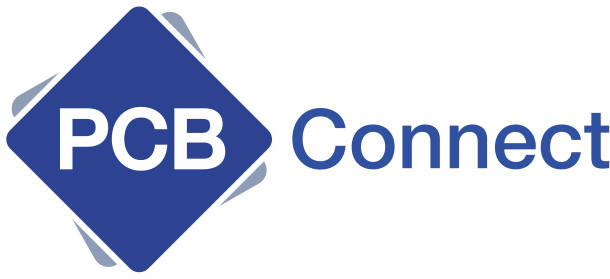07
Mar 2024
What lies ahead in the Printed Circuit Board (PCB) Market?
We are truly into 2024, so let’s delve into the fascinating world of the Printed Circuit Board (PCB) market and explore what lies ahead in 2024.
The PCB market plays a pivotal role in modern electronics. These circuit boards are the backbone of electronic devices, enabling efficient interconnection of components. PCBs come in various types:
- Single-sided: Basic boards with components on one side.
- Double-sided: Two-sided traces with a top and bottom layer on both sides. Components can be mounted on both sides.
- Multi-layer: Complex boards with multiple layers for intricate circuits.
- HDI (High-Density Interconnect): Compact boards for high-performance applications.
- Ultra HDI: Dramatic size and weight reduction over current HDI.
Key end-user industries include:
- Industrial Electronics
- Healthcare
- Aerospace and Defence
- IT and Telecom
- Automotive
- Consumer Electronics.
What are the current trends and developments?
There has been exciting growth in technology as well as uncertainties. Various factors have contributed to PCB production – let’s take a deeper look.
Technological advancements such as 5G, the Internet of Things (IoT), the Internet of Vehicles (IoV), and artificial intelligence are driving innovation. Smaller, lighter devices with high processing capacities are becoming wearable due to component miniaturisation.
5G Integration
5G networks have revolutionised communication speed. With speeds of up to 20 Gbps, 5G surpasses its predecessor, 4G, and fixed-line internet. Mixed-signal PCBs are essential for 5G due to the high-frequency transmissions involved. These PCBs enable low latency and extended connectivity reach, driving innovations in various industries. Compact and densely populated circuit boards that can handle high-speed signals without interference is a major trend in the PCB for 5G market.
Internet of Things (IoT)
The IoT has extended throughout sectors like healthcare, industrial automation, and wearables. PCBs for IoT devices must adhere to specific rules and requirements. Wireless monitoring and control of home and workplace networks are now possible, enhancing convenience. Techniques like surface mount technology (SMT) enable component placement in close proximity, allowing IoT devices to be small yet functional.
Internet of Vehicles (IoV)
The IoV has allowed vehicles to exchange information, and become more efficient and safer with others, as well as with infrastructures using Vehicular Ad Hoc Networks (VANETs), which originated from Mobile Ad-hoc Network (MANET). The advancement of network gathering of different entities, such as vehicles, pedestrians, roads, parking lots and city infrastructure has provided real-time communication. Being a relatively young technology, the focus on providing a solution to road safety will continue to be a priority.
Artificial Intelligence (AI) and Machine Learning (ML)
AI and ML have found their way into PCB assembly and manufacturing. AI addresses PCB quality concerns, improving product integrity without heavy human intervention. Automation, combined with AI, ensures precision and reliability. Increased deployment of AI technologies across numerous industries, including healthcare, finance, automotive, and manufacturing, will drive the growth of the AI Server PCB market.
The market dynamics, until the end of 2023, there was a decline in consumer electronics sales due to inflation and macroeconomic uncertainties. Demand for smartphones, cameras, PCs, and tablets experienced flat growth in 2023, impacting PCB orders. However, the demand is expected to gain traction in 2024.
What is the PCB market growth forecast for 2024?
The PCB market size is estimated at USD 76.12 billion in 2024. It is projected to reach USD 93.87 billion by 2029, growing at a compound annual growth rate (CAGR) of 4.28% during the forecast period (2024-2029). The factors contributing to this growth:
- Increased adoption of electronic devices
- Technological advancements
- Global connectivity demands.
Industry Improvements in 2024
After a decline in 2023 due to supply and demand imbalances during the COVID-19 pandemic, the global PCB manufacturing industry is poised for revival. The PCB market continues to evolve, driven by innovation, demand for connectivity, and advancements in electronic devices. As technology leaps forward, PCBs will continue to be the backbone of our interconnected world. Let’s embrace the exciting possibilities that lie ahead!
